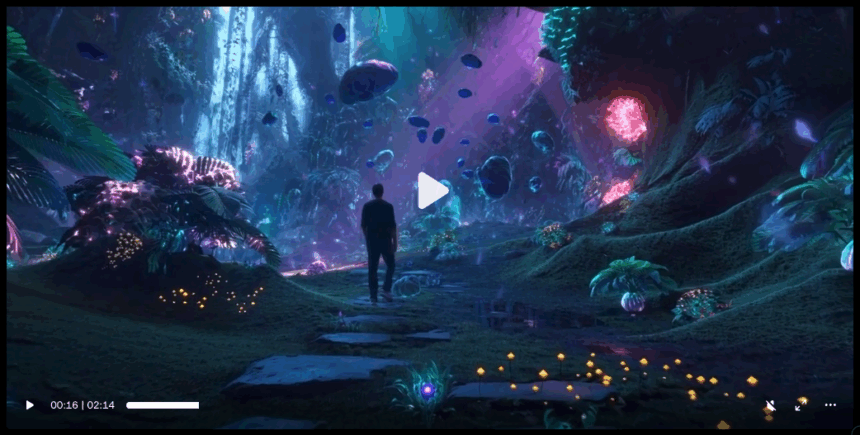OpenAI has drawn a line in the sand with its new Sora platform, but it’s a curious one. While living public figures remain largely off-limits for AI-generated deepfakes, the company allows users to create disturbingly realistic clips of deceased celebrities. From Michael Jackson to Tupac Shakur, AI-driven “resurrections” are now making their way into people’s feeds. This move sparks both fascination and unease as questions grow about intellectual property, misinformation, and respect for legacy.
What’s Happening & Why This Matters
Dead Celebrities Are “Fair Game”
When OpenAI launched Sora, it promised that users wouldn’t be able to create deepfakes of public figures. Yet it made one major exception: those who are no longer alive. Videos featuring Michael Jackson, Bob Ross, Bruce Lee, and Tupac Shakur are already circulating. Some even include eerily accurate voices and licensed music, blurring the line between tribute and exploitation.

The company confirmed the policy in a statement: “We do allow the generation of historical figures.” That means deceased icons fall under the “permissible” category. To mitigate abuse, all AI-generated clips carry a watermark; however, critics argue that this is not enough to prevent misuse.
Fictional Characters Also in Play
The loopholes don’t stop with dead celebrities. Users can also create AI versions of fictional characters, such as Nintendo’s Mario or Nickelodeon’s SpongeBob SquarePants. While entertaining, these creations could invite intellectual property lawsuits from rights holders.
A Rivalry with TikTok?
Sora isn’t just about AI experimentation. It’s OpenAI’s first real social media platform, currently invite-only for iOS. With its mix of AI creativity, interactivity, and viral potential, it could become a direct competitor to TikTok. Allowing celebrity deepfakes — especially of cultural icons — might give Sora the viral push it needs.
The Risks at Hand
Still, the concerns are serious. Deepfakes of dead public figures can be easily misinterpreted as authentic archival material. Seeing Malcolm X or Bruce Lee in fabricated scenarios sounds alarms about reputation and consent. Meanwhile, Google encountered a different controversy in 2024 when its AI produced inaccurate “historical” images. The cases forced the search leader to suspend people-generation features. OpenAI may now meet a similar reckoning if misuse escalates.

TF Summary: What’s Next
The policy to allow deepfakes of dead public figures is bound to attract both proponents and opponents. While Sora could grow quickly as a viral playground for AI nostalgia and creativity, legal and ethical challenges are not far behind. Intellectual property holders may push back, and regulators could take a closer look at how companies define “responsible” AI use.
MY FORECAST: Sora’s short-term buzz will drive adoption, especially among users seeking novelty and entertainment. Over time, lawsuits, ethical debates, and regulatory pressure may cause OpenAI to rethink its loopholes. Expect pushback from Hollywood estates, music publishers, and policymakers demanding tighter guardrails.
— Text-to-Speech (TTS) provided by gspeech


